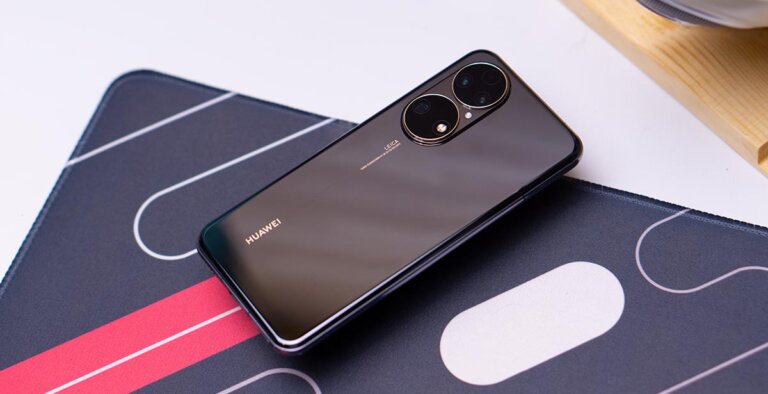
The Huawei P50 is a cut-down version of the of the P50 Pro but that does not mean that it pales in comparison. It still packs quite a beefy specification list including a Qualcomm Snapdragon 888 4G, a 90Hz 6.5-inch 2700 x 1224 OLED display, and optics by Leica.

| Chipset | Qualcomm Snapdragon 888 4G |
| Screen | 6.5-inch OLED, 2700 x 1224, 90Hz, 300Hz Touch Sampling |
| RAM | 8GB |
| OS | HarmonyOS 2 |
| Rear Camera | 50MP f/1.8 Main, 13MP f/2.2 Ultrawide, 12MP f/3.4 Telephoto |
| Front Camera | 13MP f/2.4 |
| Storage | 128GB, 256GB |
| Network | Dual-SIM, 4G LTE |
| Connectivity | Dual-Band WiFi 802.11ax, Bluetooth 5.2, NFC, USB Type-C |
| Battery | 4,100mAh, 66W Fast Charging |
| Others | In-Display Fingerprint Scanner, IP68 Dust and Water Resistance |
| Colors | Black, Gold, White |
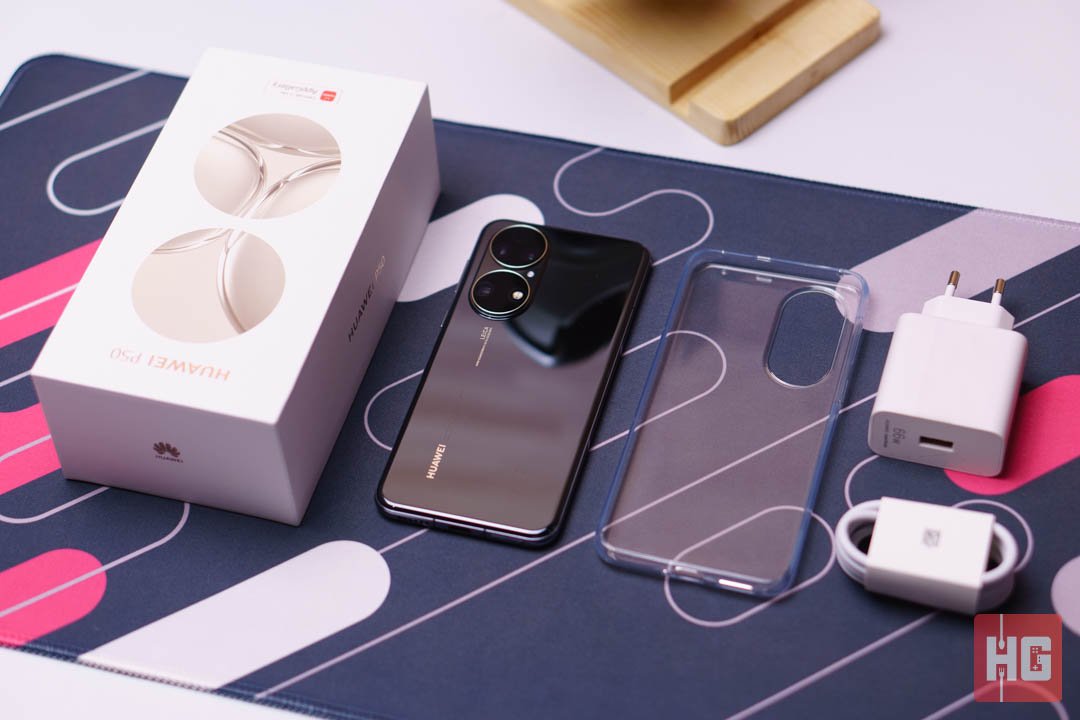
The Huawei P50 comes in a white box with gold highlights for the branding. Inside is the P50 itself, a silicone case, a SIM ejector pin, a USB Type-A to USB Type-C cable, and a 66W power adapter. Not much out of the ordinary here.
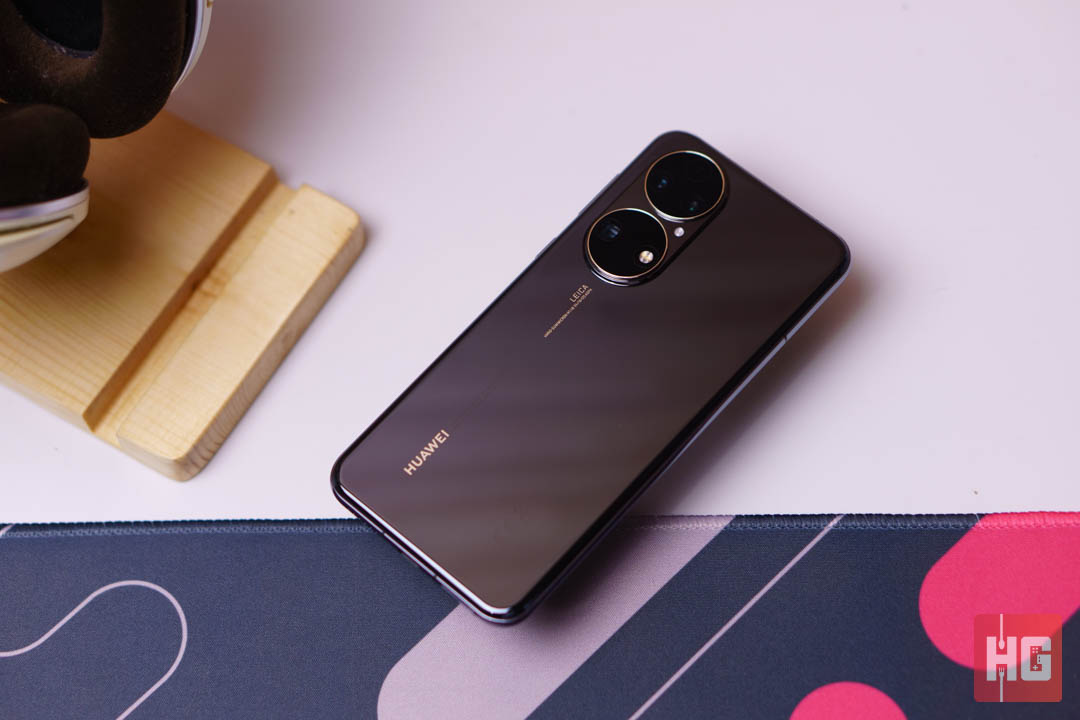
The smartphone sticks to a minimalist design when it comes to its rear. There are no shifting color coatings nor patterns. It is shiny, however, making it susceptible to fingerprint smudges and dust. It does have a massive camera compartment for its Leica-branded lenses. It’s worth noting that the chassis is rated for IP68 dust and water resistance.

The volume rocker and power button are located at the right-hand side nearer to the top than the middle. They are comfortable enough to use and can be reached. All its buttons have good tactility when pressed.
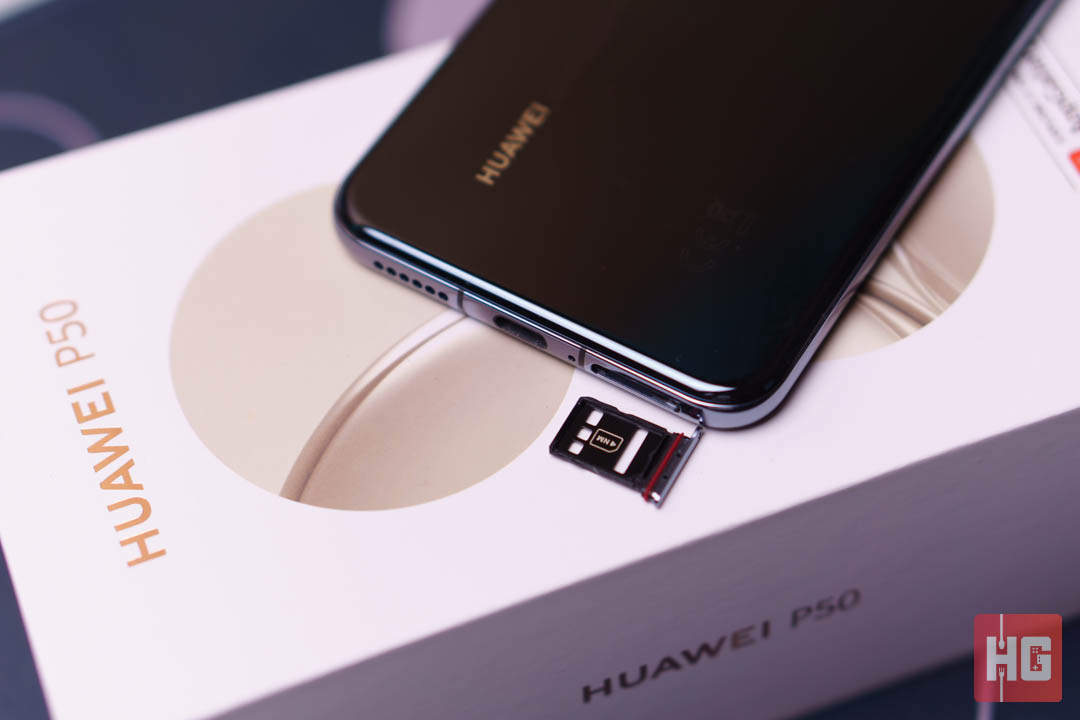
Its loud speaker, USB Type-C port, and SIM tray are all positioned at the bottom. The SIM tray has one dedicated SIM slot and a hybrid slot. The latter can house either another SIM card or Huawei’s Nano Memory Card for additional storage.

The Huawei P50 packs a 6.5-inch 2700 x 1224 OLED display with 90Hz refresh rate. It’s slightly higher resolution than the 2400 x 1080 panels usually found on other smartphones. The display also takes up most of the real-estate at the front leaving minimal bezels.
Colors and contrast are excellent as expected from a flagship-class device with an OLED panel. Color coverage on its default setting is okay but can be improved by turning on Vivid Mode in the settings. Brightness, however, lowers down while in this mode to around 380 cd/m2. Toggling back to its Default screen mode increase maximum brightness to 568.32 cd/m2.
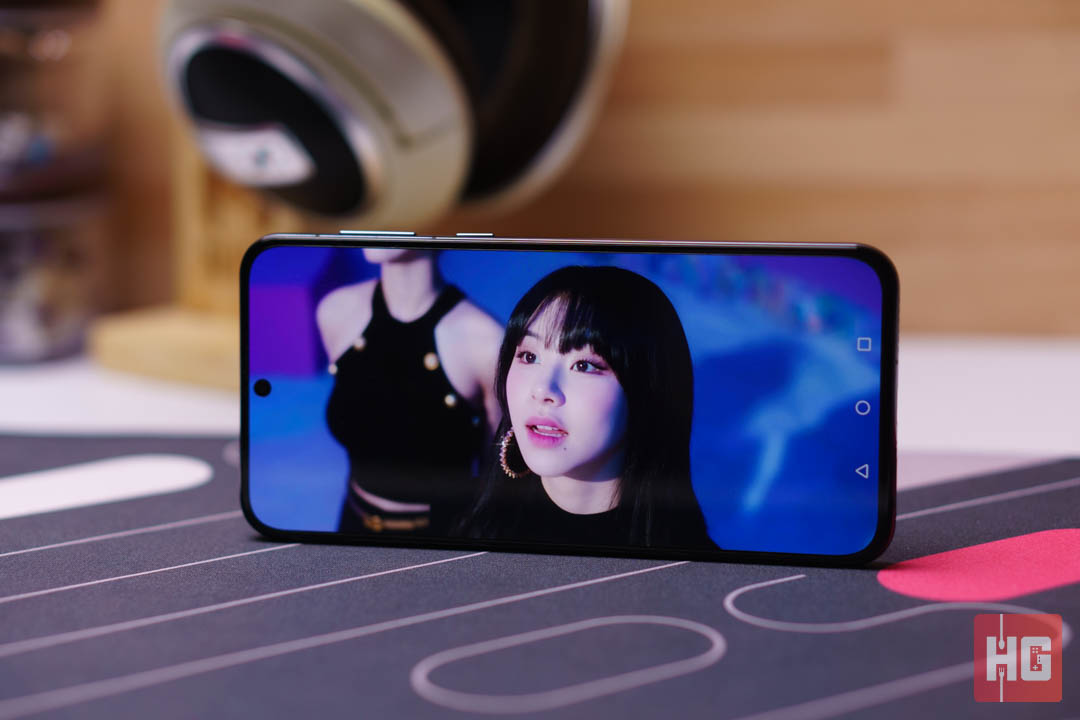
The P50 comes with dual stereo speakers – one at the bottom and one at the top. Audio quality is decent and volume can get fairly loud. Highs can get tinny at higher volumes and bass is pretty weak. Vocals, however, are clear making listening to audio books a joy.

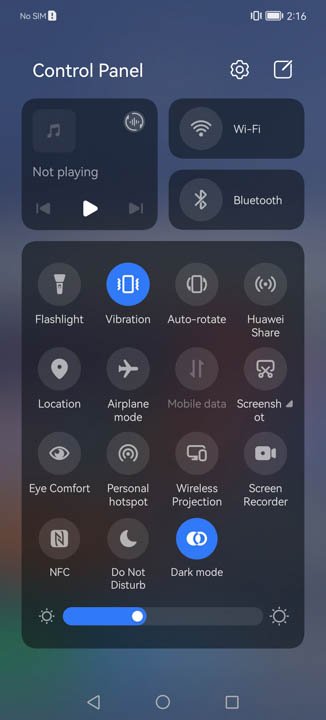






The Huawei P50 does not come with HarmonyOS 2.0 unlike their tablets but instead runs on EMUI 12 – which is still based on Android but without access to Google Mobile Services. The UI is pretty familiar and everything runs smoothly.
Huawei does add a couple of things in EMUI 12 like assistant, seamless connectivity to other Huawei devices and accessories on top of the usual Android options. There is quite a ton of bloatware pre-installed and ads for alternative apps for the platform.
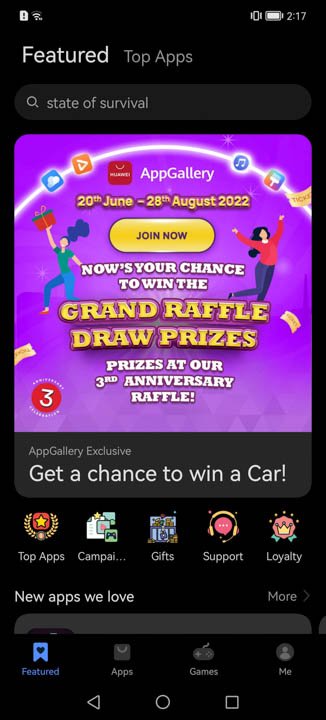
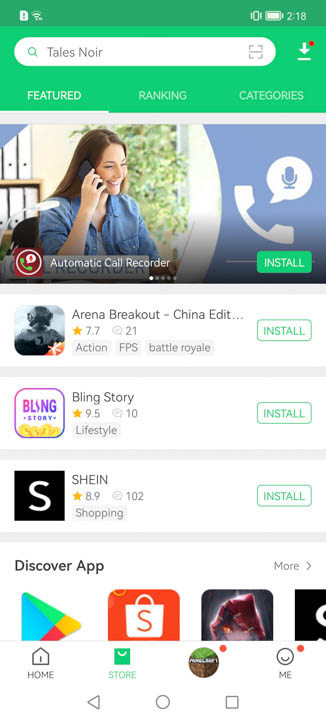
Instead of Google Play, current Huawei smartphones rely on AppGallery and 3rd party apk websites for apps. Google emails can be accessed through Huawei’s email app while other Google apps can be easily accessed via the browser.
Downloading apps can be a pain at times especially games that need to be constantly updated. Some games that have auto-updates would need to be uninstalled and installed again to their current versions.
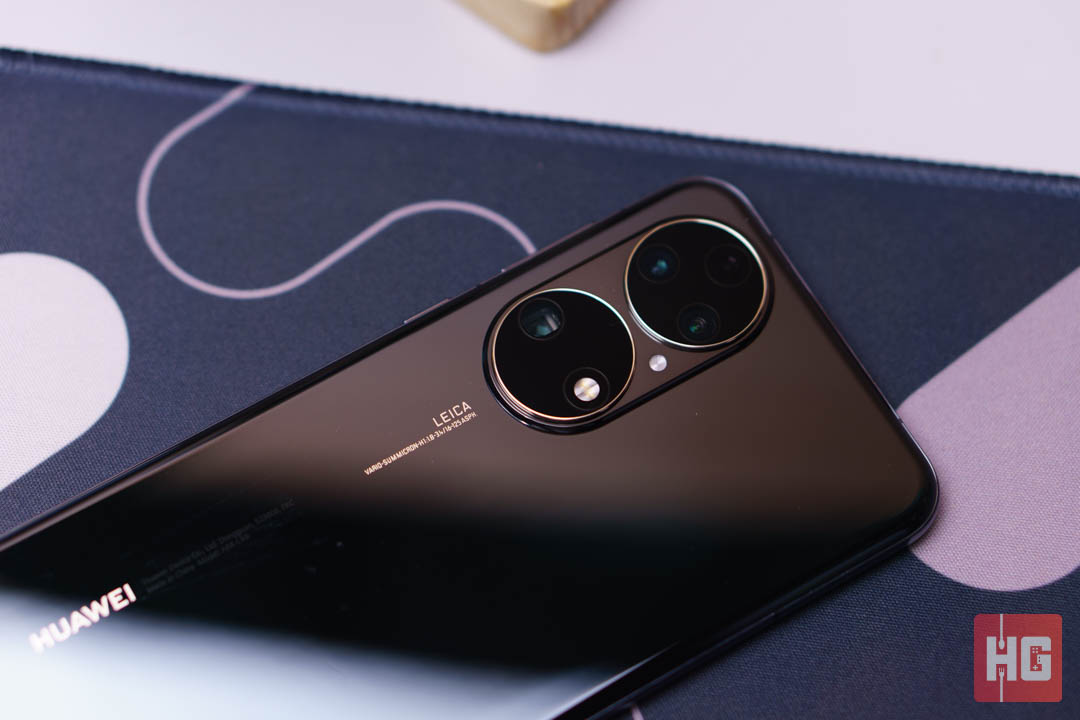
The Huawei P50 series will be the brand’s last collaboration with Leica. It comes with a 50MP f/1.8 True Chroma main lens, a 13MP f/2.2 ultrawide lens, and a 12MP f/3.4 telephoto lens at the back while selfies are taken with a 13MP f/2.4 front-facing camera.
Its camera app comes with quite a few extras on top of the standard options. Modes include Aperture, Night, Portrait, Photo, Video, Pro Mode, Monochrome, Dual-View, Panorama, Time-Lapse, Underwater, Slow Motion, AR Lens, and High-Res among many others.

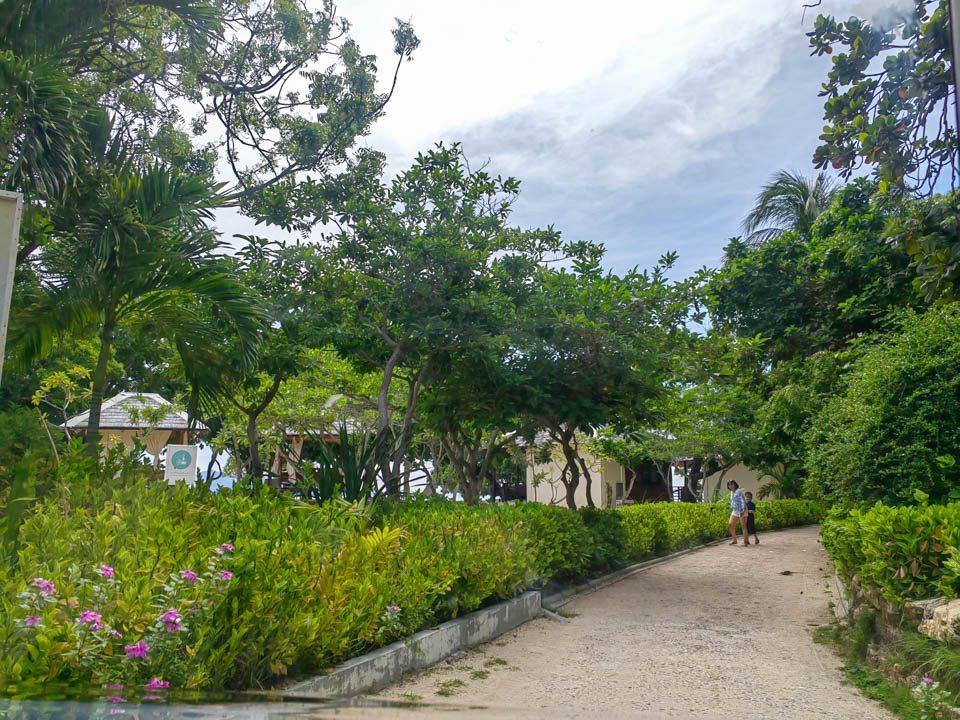
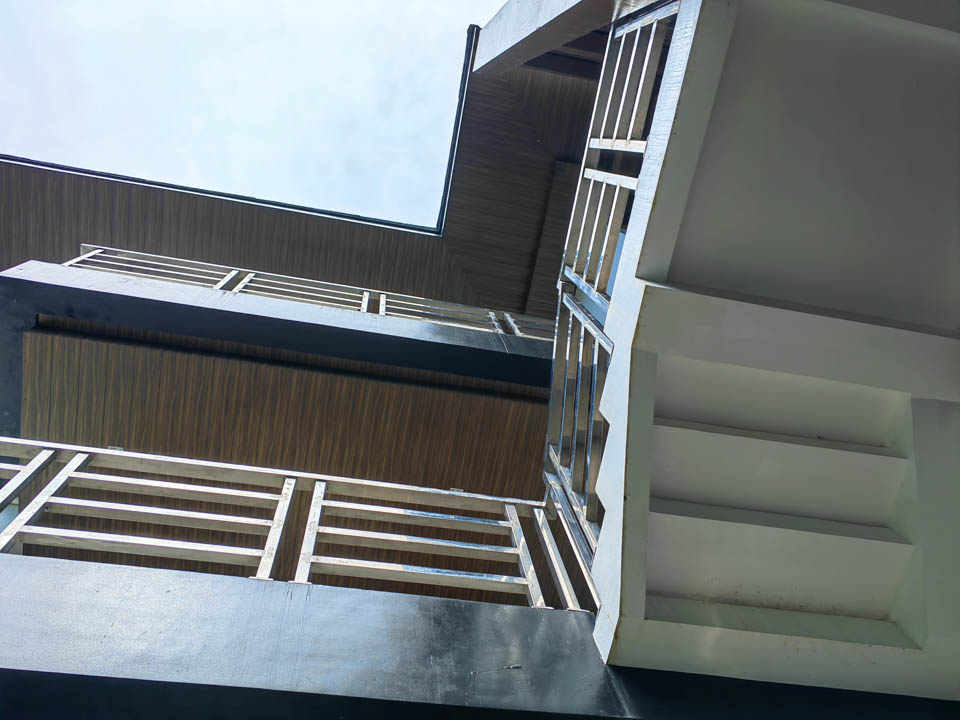

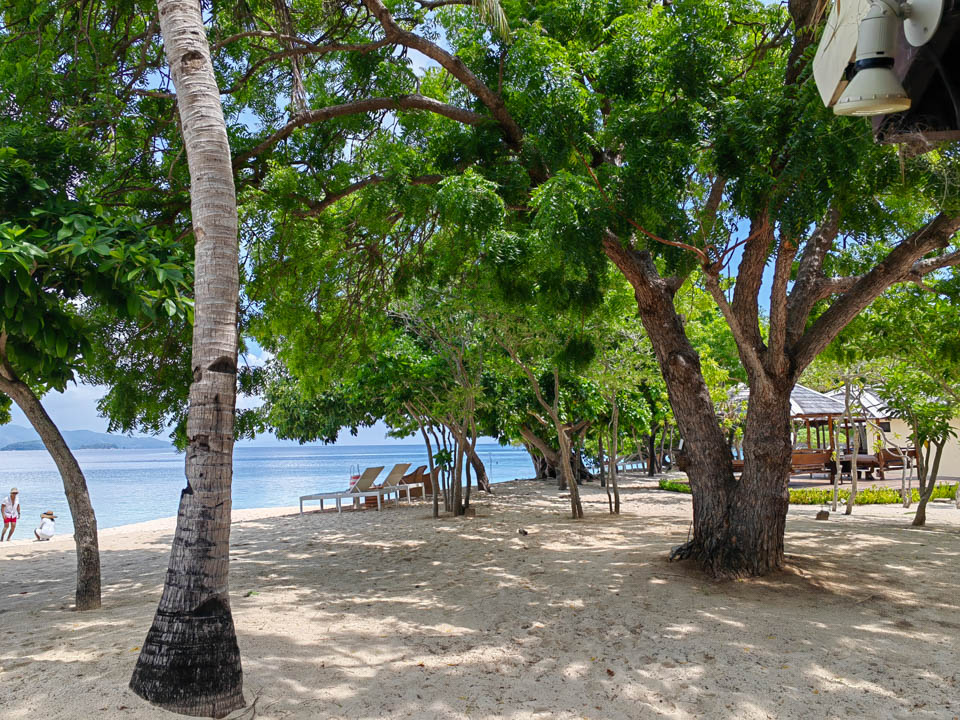
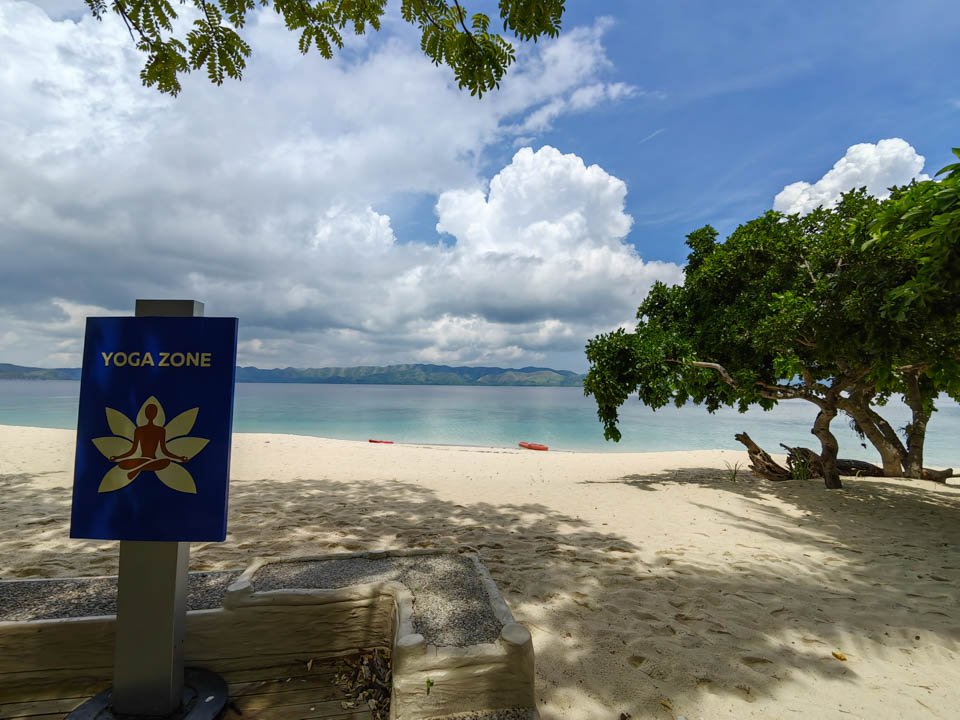
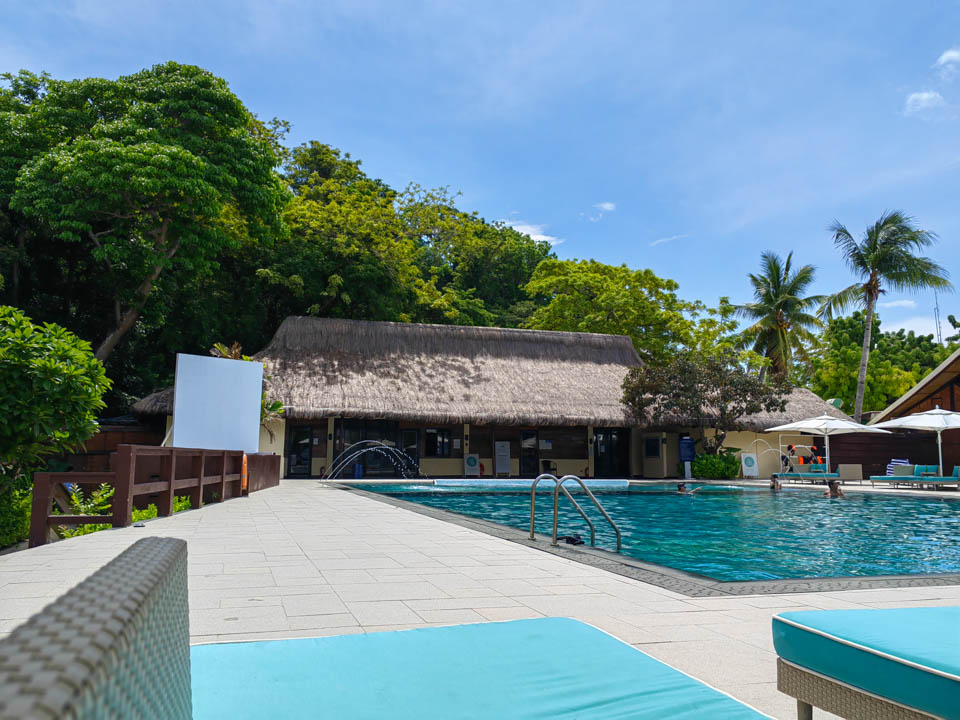
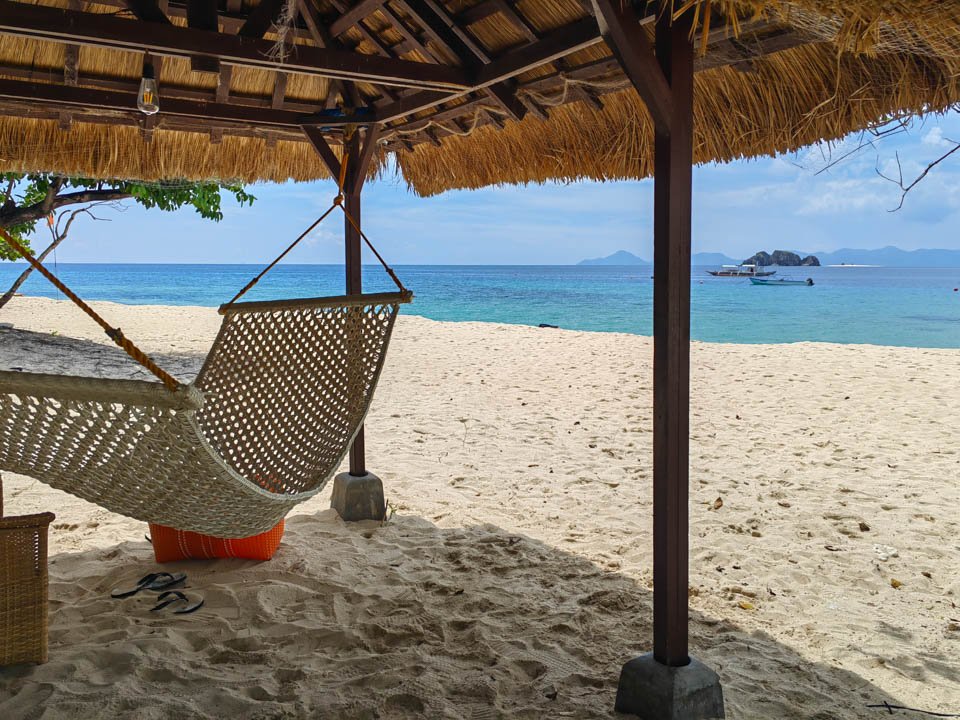

Its 50MP f/1.8 True Chroma natively takes 12.5MP photos on auto mode. Details are incredibly sharp even up close under good lighting. There is good subject and background separation even without portrait mode. Colors are accurate and vivid as expected from a smartphone with Leica branding.
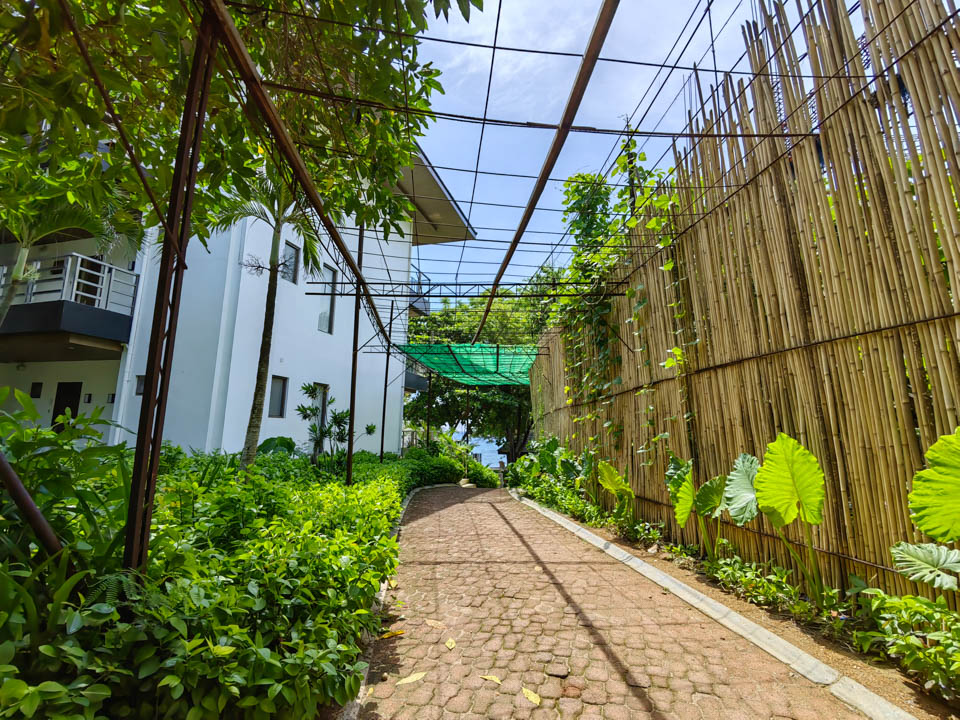
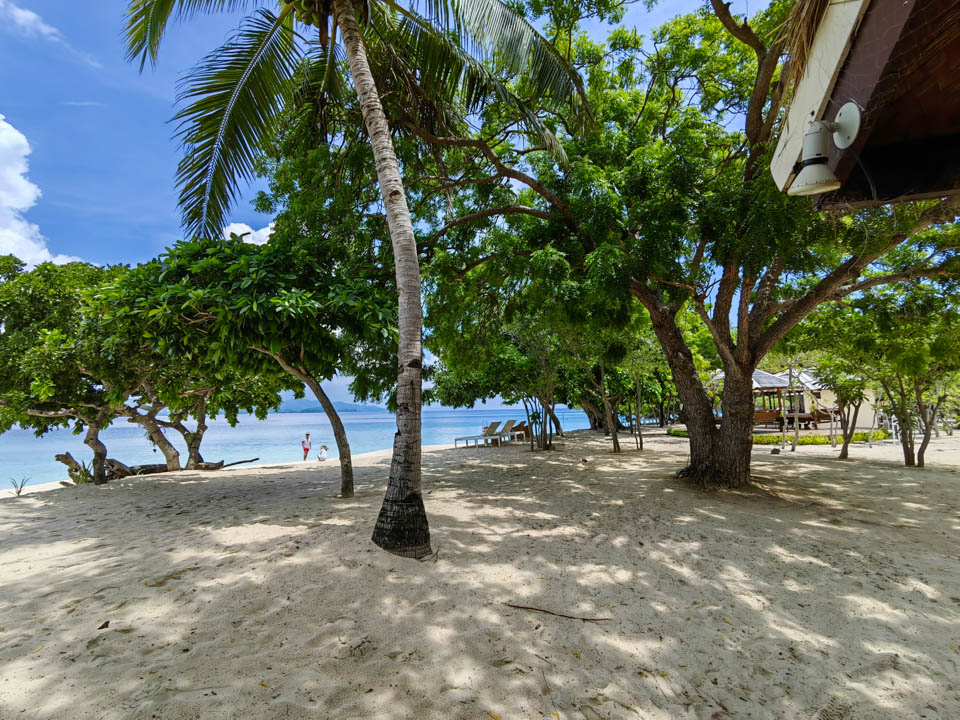

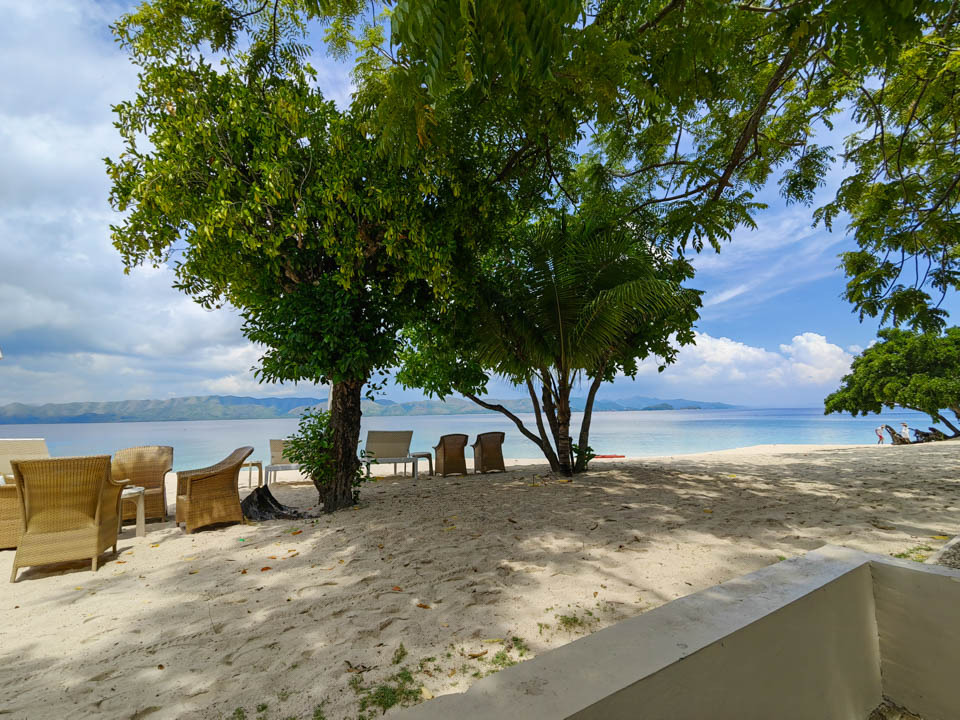
The 13MP f/2.2 ultrawide lens is similarly impressive but not on par with the main camera. Photos come out sharp and detailed without any significant distortion at the sides. Colors are slightly darker on the ultrawide but still offers vivid snaps and good dynamic range.
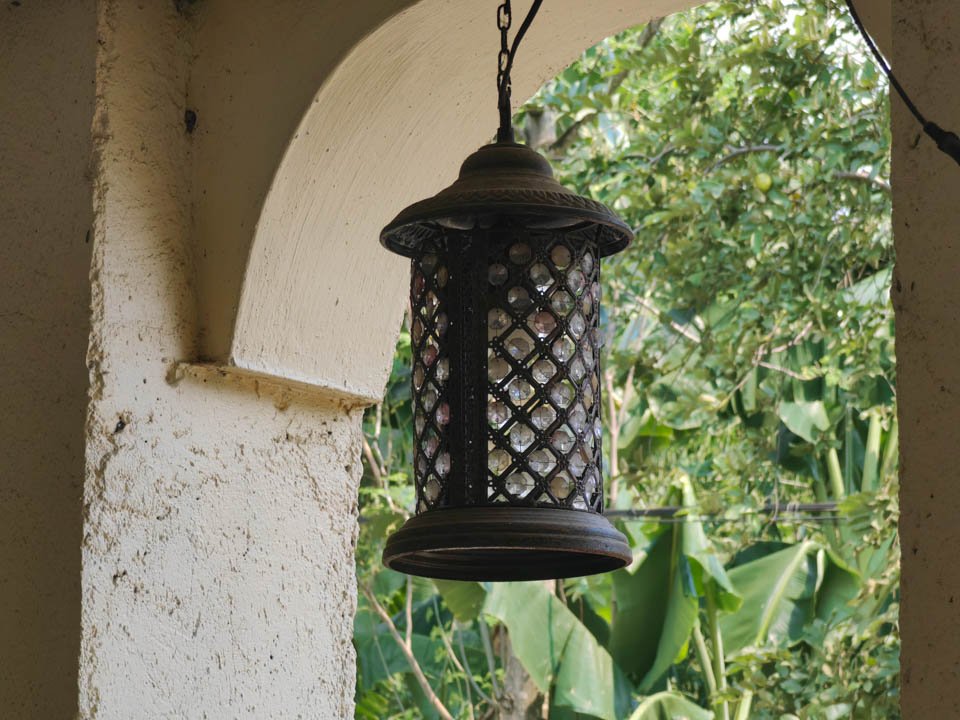

The P50’s Telephoto lens kicks in at around 3x zoom on the camera app. Images are slightly drab but still contain good overall detail and dynamic range. Quality starts to dip when using 10x zoom. It’s still pretty usable compared to other digital zoom but details start to become smudged.

The Huawei P50 comes with a relatively “dated” Qualcomm Snapdragon 888 4G. Despite its age, the platform is still plenty strong for most tasks. Everything runs smooth on the P50 regardless of workload or number of apps open at once.
Synthetic benchmarks run like a breeze on the P50. Scores, however, aren’t as impressive as current top-tier chipsets like the Snapdragon 8 Gen 1. The device scores at around the 630,000 mark in AnTuTu and 10,000 in PCMark Work 3.0.
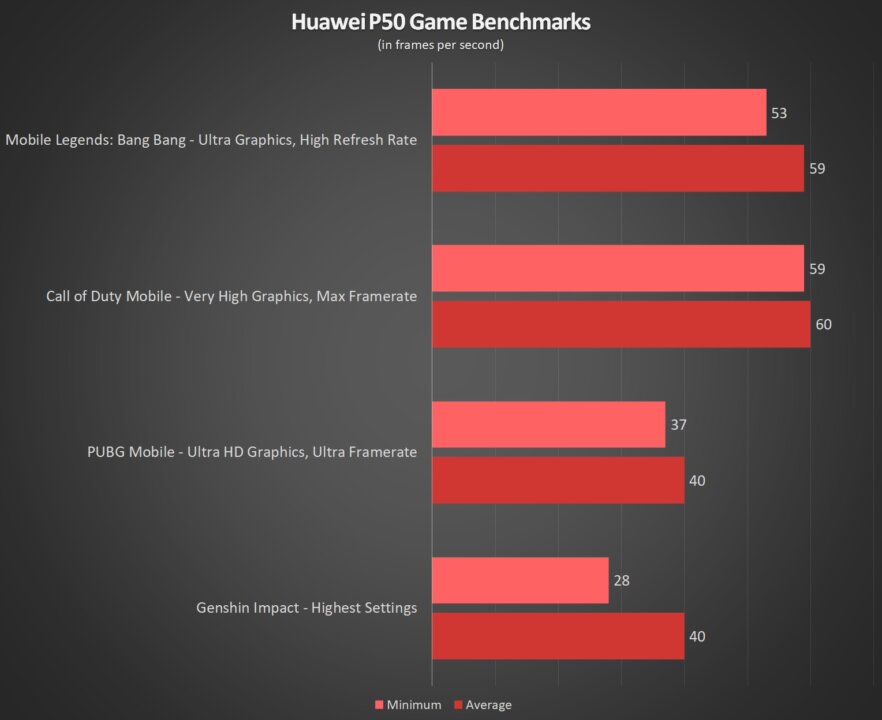
Gaming on the P50 is a smooth experience. Settings can pretty much be maxed on out most titles even graphically-intensive ones like Genshin Impact. The smartphone can run mainstream titles at a smooth 60fps but it seems they can’t take advantage of its 90Hz display yet.
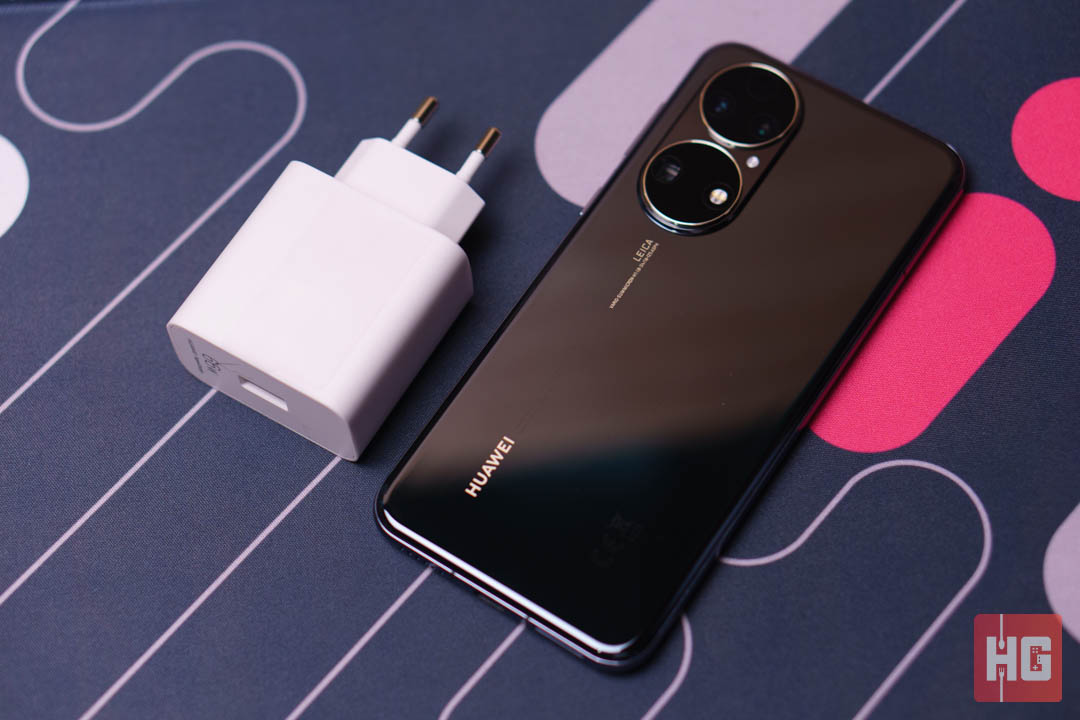
Powering the P50 is a 4,100mAh battery. A bit small compared to our liking but it’s plenty enough to get the smartphone through the day. It should last for just about a day with average use with the display under Dynamic Mode. PCMark Work 3.0 battery test places smartphone usage at around 11 hours with medium volume and brightness. The rather small battery is quickly topped up by the 66W charger within just above an hour.

The Huawei P50 is positioned as a high-end smartphone and performs as such. Its Leica co-designed imaging system can take extremely detailed and vivid photos. It has a gorgeous screen as well with good colors thanks to its OLED panel.
Two of the biggest downsides of the P50, however, are the lack of 5G connectivity and access to Google Mobile Services. The latter specifically maybe a turn off for some people as it makes accessing some apps a hassle. Its Snapdragon 888 4G chipset is also showing its age but it still offers decent performance but not on par with some of the current flagships especially in synthetic benchmarks.
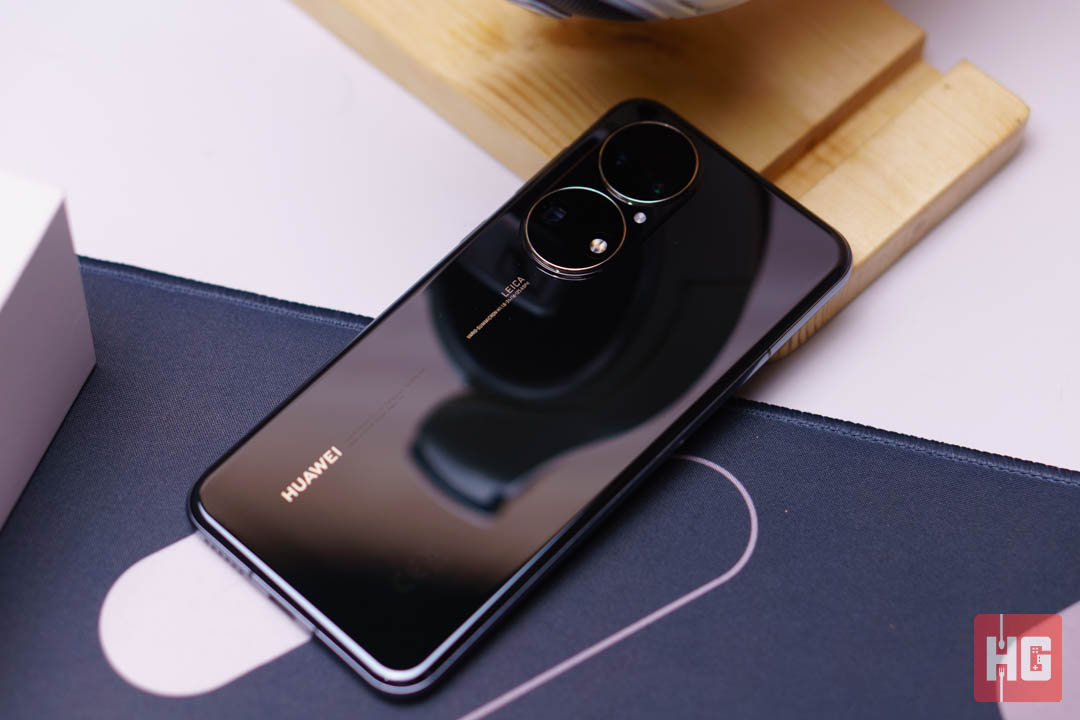
Priced at PhP 39,999, some will definitely be turned off by the lack of first-party access to Google Mobile Service. But those who are already on the Huawei ecosystem or are looking for a dedicated smartphone camera that can take awesome shots will definitely find a lot to like on the Huawei P50.
The Huawei P50 is now available in the Philippines for PhP 39,999. It can be had through the official Huawei Online Store, Lazada, and Shopee, as well as Huawei concept stores and authorized retailers nationwide.
